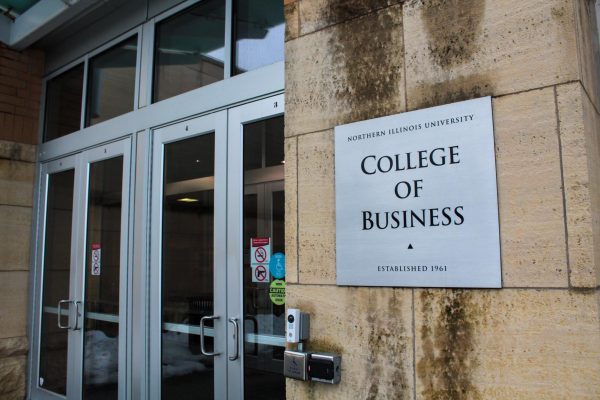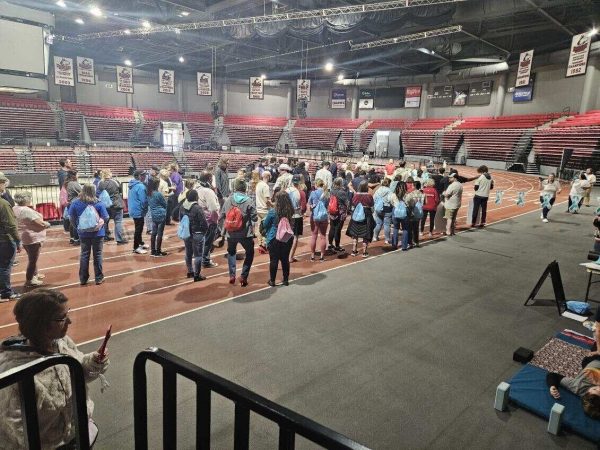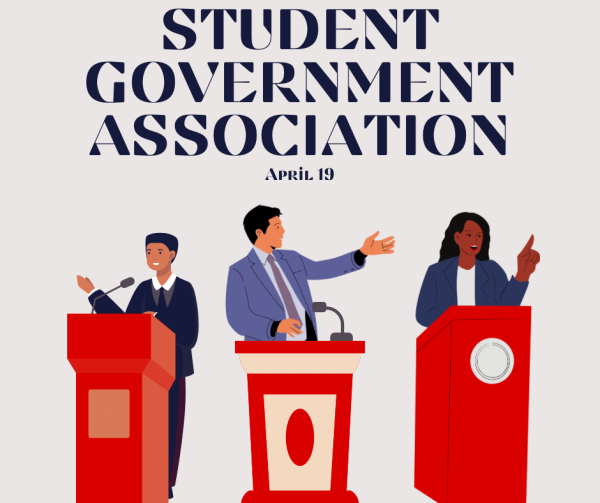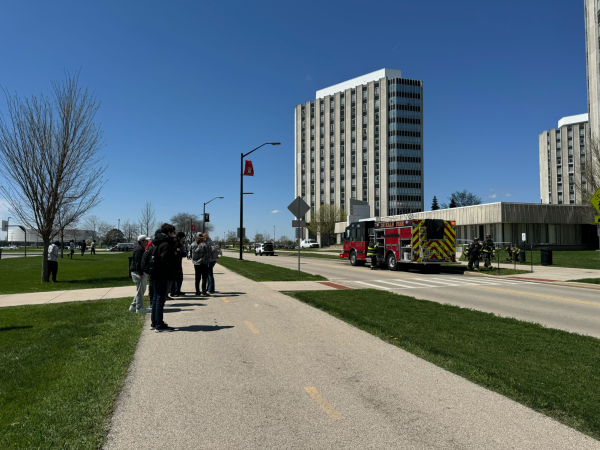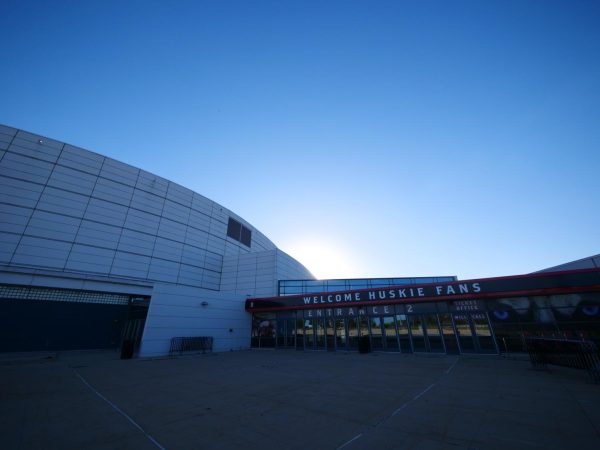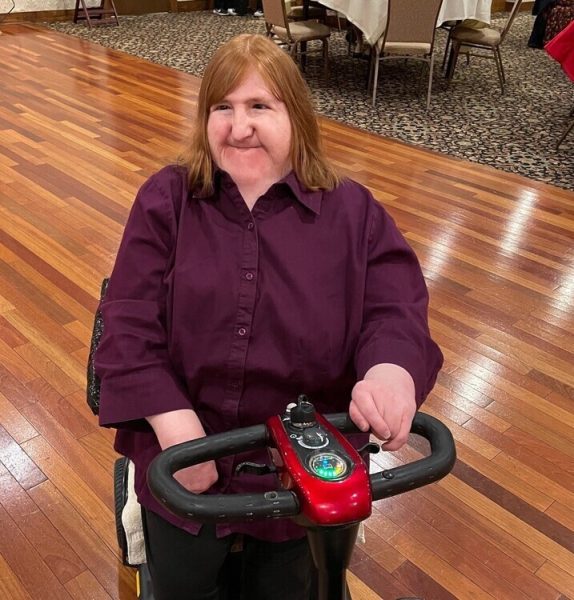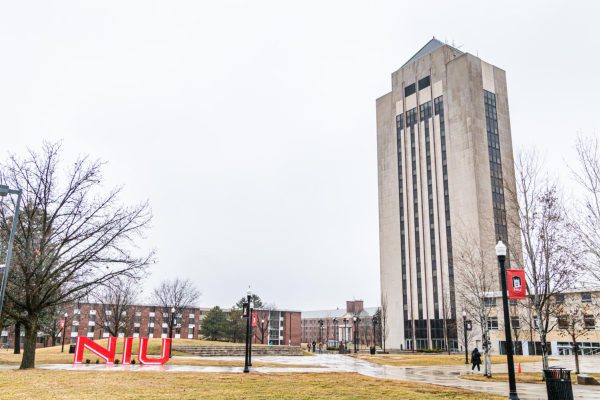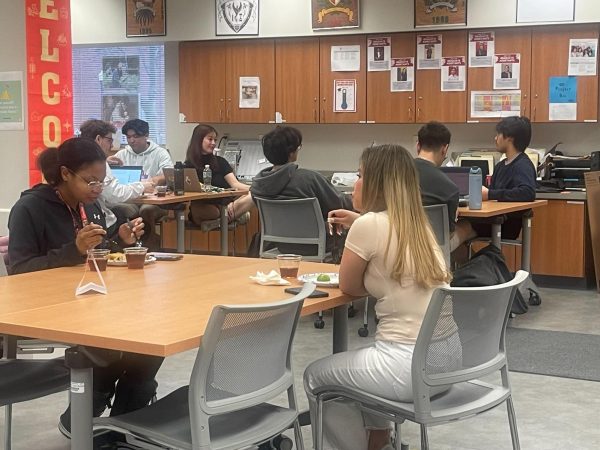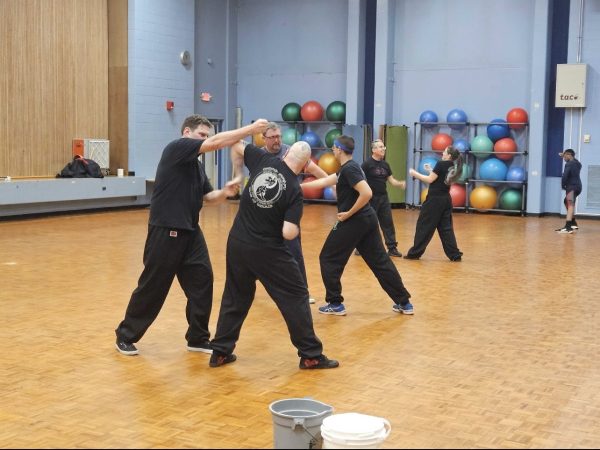Overcrowding plagues college classrooms
November 26, 2007
From The Associated Press
On weekday mornings, the Cristol Chemistry Building at the University of Colorado is a hive of activity. Every hour, hundreds of laptop-toting students file in and out of its theater-style lecture halls, where classes are scheduled back to back.
In all, there are 33 courses at Colorado with 400 students or more. Three have more than 1,200. Most are broken into sections, but even those may have hundreds of students. One chemistry course is so big that the only place on campus where everyone can take the final exam at once is the Coors Event Center, Colorado’s basketball arena.
Such arrangements are here to stay on U.S. campuses.
There already are 18 million American college students, and that number is expected to increase by 2 million over the next eight years, as the value of a college degree continues to climb. To get everyone through their coursework, monstrous class sizes are unavoidable.
That does not have to be a bad thing. At their best, giant classes can be effective and inspiring.
According to Carl Wieman, who won the 2001 Nobel Prize as a physicist at Colorado, such successes are rare.
Students often tune out and are turned off. Charismatic lecturers get good reviews but, the data show, are no more effective than others at making the most important concepts stick.
Most remarkably, when it comes to teaching not just “facts” but conveying to students the scientific approach to problem-solving, research shows that students end up thinking less like professionals after completing these classes than when they started.
“In a very real way, you’re doing damage with these courses,” Wieman, now a leading voice for reform, said in a recent interview.
State and federal policymakers are clamoring for more accountability and better graduation rates, and if faculty don’t step up, bureaucrats might. The National Center for Academic Transformation estimates that the 25 most common college courses — in subjects such as economics, English, psychology and the sciences — account for 35 percent of four-year college enrollment nationally.
Colorado, with a long tradition on innovative science teaching, is one of a number of campuses making significant changes in how at least some large introductory courses are taught and organized. Others include Maryland, MIT, Virginia Tech, Clemson and the University of Alabama.
The reforms go beyond simply reducing class sizes or encouraging lecturers to speak with more animation, though that’s an element. Details vary, but one theme is a shift from a passive model of absorbing a lecturer’s words to a more active one where lecturers guide and measure, but students learn the material more independently.
It’s not necessarily popular with students, but the cognitive research says it is the way to make learning stick.
“In a traditional course the faculty are doing all the work and the students are watching,” said Carol Twigg, president and CEO of NCAT, which is working with hundreds of universities to improve giant courses. “In a redesigned course, students are doing the work and faculty are stepping in as needed.”
At Virginia Tech, for instance, most introductory math courses now take place in a giant room called the “math emporium,” in a converted department store just off campus. Students rarely if ever meet together. Instead, they come in any time, 24 hours a day, to work through problems on the 500 computer work stations. When they have a question, they flip over a red plastic cup beside their desk, and helpers come by.
Despite the roomful of computer hardware, the emporium is a much less expensive way to teach — for one course about $24 per student, compared to about $77.
Some students are sour on the change.
“I can’t do it very well with someone teaching me,” said Ian Millington, a Virginia Tech sophomore who failed a calculus class but got a B when he took the same course last summer at a local community college. “So how am I going to teach it to myself?”
His mother, Jennifer Millington, says the family loves everything about Virginia Tech — except how it teaches math.
“If they’re going to keep raising the rates, I shouldn’t have to be going to a community college to pay for my kid to take calculus,” she said. “I know it’s a huge school and there are so many students, but if you get so large that you’re neglecting the masses (then) kids are falling through the cracks.”
Mike Williams, who oversees the emporium, concedes student reaction is mixed. “It turns out many resent they have to do more work,” he said. “They want to sit in a class like they’re watching the boob tube.”
He says the popular option isn’t always the best way to teach. And it’s good for students to take on more responsibility for their learning.
Big lectures have their place, but it’s too easy for students to hide, said Lee Shulman, president of the Carnegie Foundation for the Advancement of Teaching. Technology can help if teachers carefully study what works. Otherwise, the latest gadgets will only further alienate students, he said.



